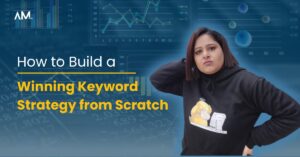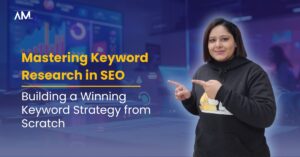Feeling anxious about the impact of AI on your marketing efforts? Are you in a dilemma about whether to stick with traditional marketing techniques or embrace AI tech in 2023?
If you’re feeling overwhelmed, you’re not alone.
After recent news of Microsoft’s $10 billion investment in OpenAI, AI’s impact on marketing has been much debated.
So, before you start worrying about its future impacts, let’s take a step back and examine the facts.
The truth is, AI isn’t going to replace all marketers overnight.
While it’s true that AI is transforming the marketing industry, it’s not a silver bullet solution to all our marketing problems.
In fact, traditional marketing techniques still hold value in today’s landscape.
In this blog, we’ll be exploring the topic of AI vs. traditional marketing.
W will be providing you with a reality check for your business in 2023.
The practical insights and strategies to help you navigate the changing landscape and stay ahead of the curve.
So, Let’s dive in!
What is AI Marketing?
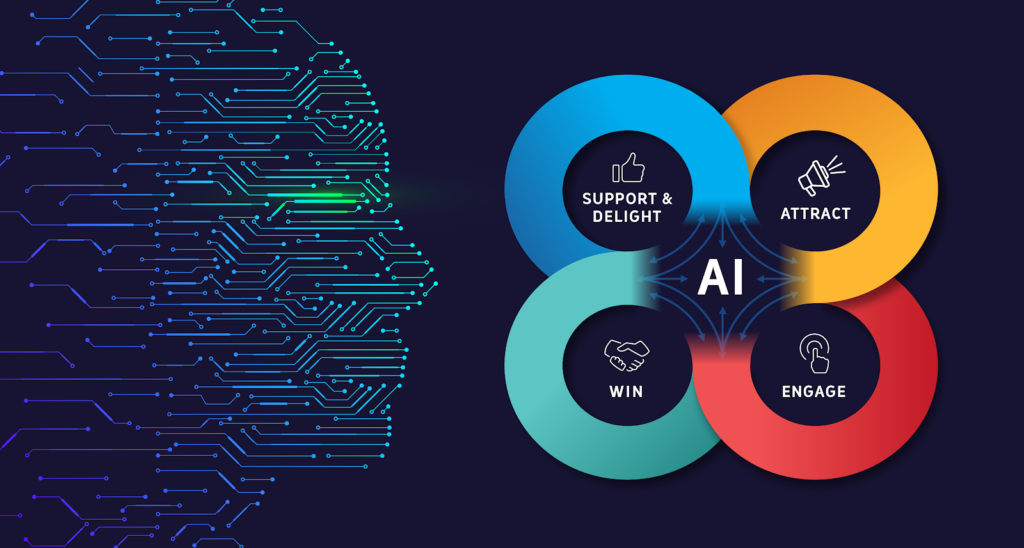
So, what exactly is AI marketing? Simply put, AI marketing is the use of artificial intelligence technology to improve and enhance marketing efforts.
So, have you heard about how machine learning algorithms and data analytics?
How do they help automate and optimize marketing campaigns, messages, and experiences?
It’s pretty cool stuff.
But here’s the thing – AI marketing is a bit different from traditional marketing.
While traditional marketing relies on creativity; AI uses algorithms to make decisions.
And let me tell you, it’s all about being data-driven. That means better targeting, personalization, and optimization for your marketing efforts.
One of the ways AI marketing does this is through predictive analytics. This term means that it uses data and machine learning algorithms to predict what might happen in the future.
Pretty neat, right? Another cool feature of AI marketing is chatbots and voice assistants.
It gives personalized support that feels like real conversation using natural language processing.
So, if you’re looking to take your marketing game to the next level, you might want to consider incorporating some AI marketing techniques.
It’s all about using data and technology to make your marketing efforts more efficient and effective.
Advantages of AI Marketing
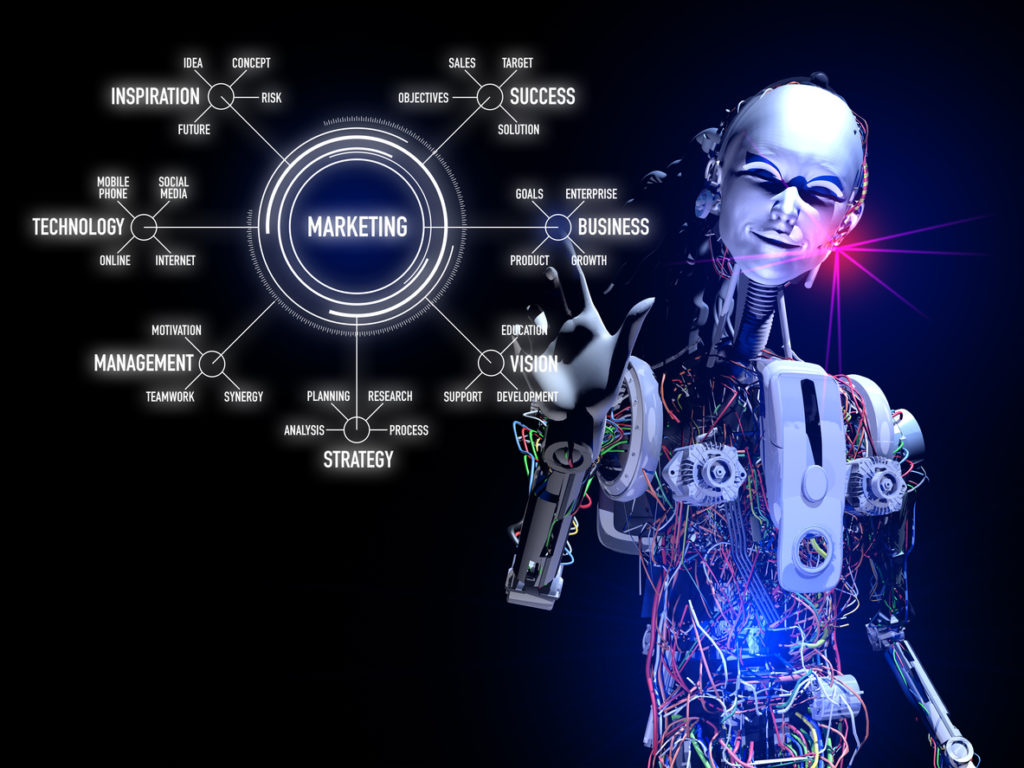
One of the ways AI helps is by enhancing targeting and segmentation.
By finding patterns and preferences in customer data that get unnoticed by humans.
In this way, businesses improve their marketing campaigns and get better results.
But that’s not all – AI can also help automate repetitive tasks that marketers would have to do themselves.
This frees up time for more creative and strategic work, which is great news for everyone who loves brainstorming new ideas.
And guess what? – AI can also personalize marketing messages based on customer data. Each receiver gets a custom message, which leads to higher engagement and conversion rates.
It’s like having your own personal marketing assistant!
Examples of AI Marketing in 2023

AI marketing is already prevalent in various industries, and this trend will continue in 2023 as well.
It’s true! For example, in healthcare, AI analyzes patient data to give personalized treatment recommendations. And in retail, AI helps manage inventory and personalize the shopping experience.
And the best part? There are tons of AI marketing tools and platforms available in 2023.
From chatbots like Amazon Lex and Google Dialogflow to predictive analytics tools. , like IBM Watson and Salesforce Einstein,
Businesses have more options than ever to enhance their marketing efforts.
Traditional Marketing in 2023: What’s Changed?
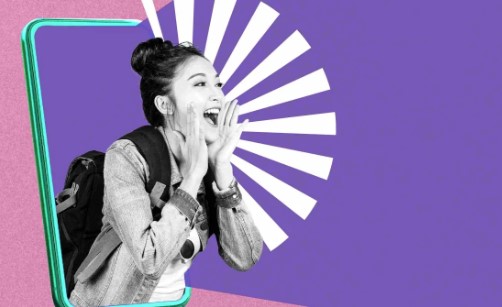
You’ve heard the term “traditional marketing” thrown around a lot.
But what exactly does it mean, and how has it changed since 2021? Let’s take a closer look.
“Traditional marketing” is the promotion of a product or service through traditional channels. Such as television, radio, print, billboards, and events.
It encompasses components like advertising, public relations, direct mail, and sales promotion.
Over the years, traditional marketing has evolved to keep up with the changing times.
The rise of digital media has given rise to omnichannel marketing. It combines online and offline channels to reach customers.
Simultaneous print advertising has been declining as more businesses transition to digital channels.
2021 was a year like no other, with the COVID-19 pandemic affecting every aspect of our lives. Traditional marketing was no exception.
To keep people apart with lockdowns, businesses had to change their marketing plans.
This led to an increased focus on digital channels, such as social media and email marketing.
New technologies and platforms have also emerged since 2021, such as TikTok. These platforms offer businesses new opportunities to connect with customers in innovative ways.
But, they also present new challenges, such as the need to create content that resonates with a younger, more diverse audience.
Traditional marketing still offers many benefits, such as broad reach, familiarity, and trust.
Television and radio ads, for example, can reach a wide audience and build brand awareness quickly.
Print ads can also be effective in reaching older demographics who may not be as tech-savvy.
But, traditional marketing also has its limitations. One of the biggest drawbacks is the lack of personalization.
Unlike digital marketing, Traditional marketing messages are more general. Campaigns are hard to measure, and smaller businesses can’t afford the high costs of marketing in the traditional way.
AI vs. Traditional Marketing: Which is Better for Your Business in 2023?
Usually, businesses today are facing the dilemma of choosing between tried-and-true advertising methods. Also with cutting-edge AI-powered techniques.
While AI in marketing strategy is trending, don’t be too quick to dismiss the traditional ways.
It all boils down to which approach would work best for your company.
So let’s dive and explore the factors you should consider before making your choice.
First things first, you need to know your target market, goals, and available resources.
Once you have a clear understanding of these, you can make an informed decision, on which strategy to use.
Next, having a data-driven approach is crucial in today’s information-rich world. Knowing how to harness data to your advantage is key to making smart marketing decisions.
Now, let’s compare AI with traditional advertising. AI-powered marketing offers greater automation, which leads to increased efficiency and less workload.
It also allows for more personalized advertising strategies. But, replicating the personal touch of traditional marketing with AI can be challenging.
For smaller businesses, traditional marketing might be more cost-effective.
It’s important to think about the needs of your company and weigh the pros and cons of both options.
Striking a balance between the two is crucial.
In the end, both AI and traditional marketing approaches have their strengths and weaknesses. It’s up to individual companies to determine which approach suits their needs best.
In 2023 your marketing strategy will be a success if you use a data-driven approach and focus on your target audience.
Conclusion:
In today’s evolving marketing landscape, businesses must consider their ways to stay competitive.
AI marketing has proven to be a powerful tool, but traditional methods still have their place.
Here are key points to consider when choosing on AI vs traditional marketing:
- Understand your target audience, business goals, and available resources
- Use data to inform decision-making and take a data-driven approach
- Consider the pros and cons of both AI and traditional marketing methods
- Compare the cost, efficiency, targeting, personalization, and scalability of AI and traditional marketing
Adapting to the changing marketing landscape is essential for business success. It’s important to stay updated with the latest trends such as AI, to remain competitive.
Also, completely abandoning effective traditional methods isn’t a good idea.
In conclusion, AI vs. traditional marketing is not a clear-cut decision.
Both have their strengths and weaknesses, and businesses must find the right balance between the two.
Editor’s Choice-
Is Your Website Isn’t Converting?: Know The Secret Sauce Of Growth-Driven Design And More
Is Your Website Isn’t Converting?: Know Secret Sauce Of Growth-Driven Design And More – Part 2
Is Your Website Isn’t Converting?: Know Secret Sauce Of Growth-Driven Design And More – Part 3


